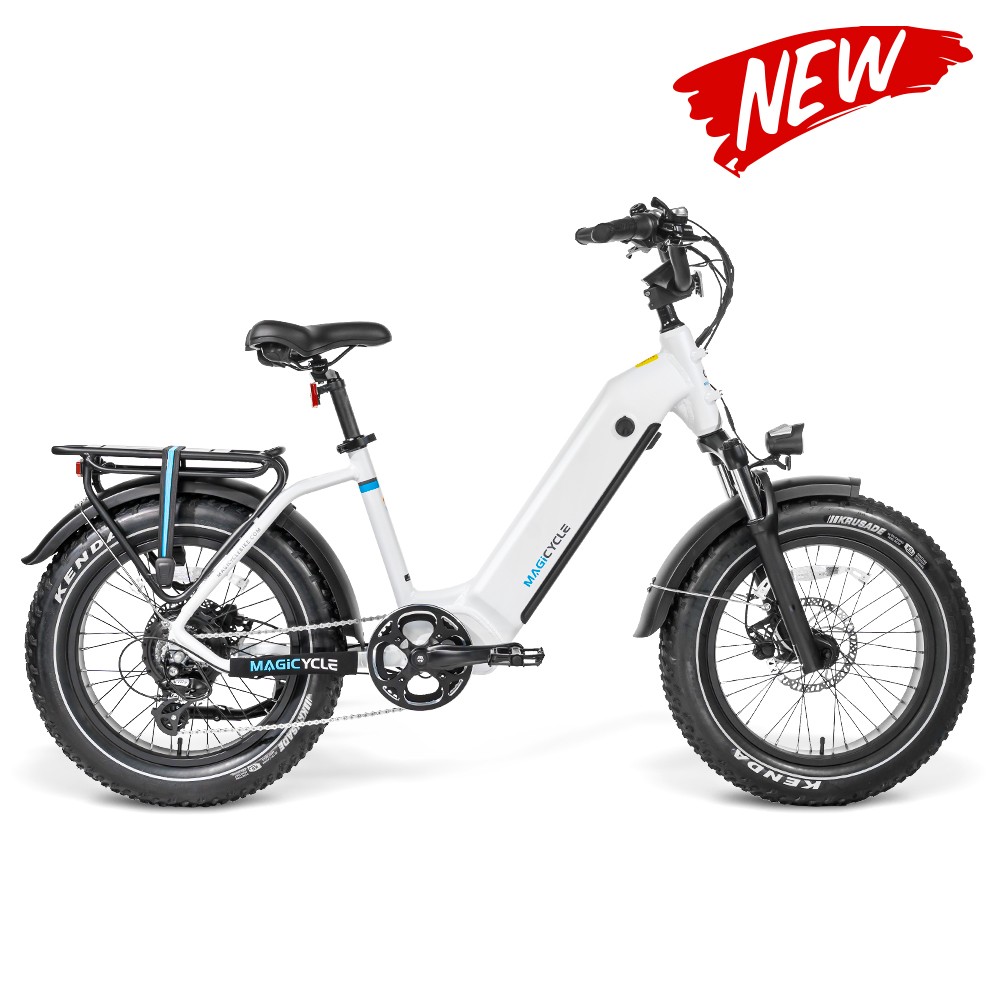freeamfva: The 13 Best E-Bikes You Can Buy Today
The 13 Best E-Bikes You Can Buy Today
The 13 Best E-Bikes You Can Buy Today
E-bikes are fun, they’re useful, and they help riders cover more ground more quickly than any other kind of bike. These days, there are e-bikes for every activity, from commuting and fitness to hauling cargo, from road and gravel riding to mountain biking.To get more news about electric bike, you can visit magicyclebike.com official website.
They could someday be more affordable, too, with the introduction of e-bike acts introduced into the House and Senate. The proposal, currently making it way through Congress, would offer consumers a refundable 30 15 percent tax credit on e-bike purchases up to $1,500. The credit would be allowed once every three years for individuals or twice for a joint-return couple buying two.
We’re crossing our fingers but not holding our breath. In the meantime, this guide breaks down our favorite e-bikes into a bunch of categories. But first, a quick note about "class." The Bicycle Product Suppliers Association (BPSA) classifies e-bikes based on the top speed at which the e-bike motor assists you and how. This classification determines if you can ride your e-bike on bike paths and in bike lanes, though e-bike laws vary by state.

Class 1 e-bikes are pedal-assist only, with a maximum assisted speed of 20 mph. Class 2 e-bikes, which carry the most restrictions, are throttle-assisted with a maximum speed of 20 mph. Class 3 e-bikes are pedal-assists with a maximum assisted speed of 28 mph. They can be pedaled faster than that speed, but the extra velocity has to come from the rider's legs and/or gravity, not the bike motor.
It's all in the names: a belt drive bike is powered by a belt, and a chain drive is propelled by a... you guessed it, chain. Between the two, chain drives are more familiar and common, although belt drive bikes are becoming increasingly popular, thanks to their low-maintenance requirements. Belt drives also outlast traditional chain drives, sometimes 3-5 times longer. On top of that, they're quieter and lighter than chain drives.
There are three places to house a motor on an e-bike: front hub, rear hub or the mid-drive.. each with its own pros and cons. Rear and mid-drive motors are by far the most common, with mid-drives more often than not being the placement of choice for premium bikes and hub-drive motors found on more affordable options. With a mid-drive motor, you're centering most of the bike on the lower bracket portion of the bike, which helps maintain balance and stability. Because of their placement on the bike, mid-drives operate at the pedals, with the motor’s torque applied to the chain or belt, resulting in a smoother, more natural ride. This is contrasted against rear-hub motors, which apply torque directly to the wheel.
There's no getting around it: e-bikes are heavier than traditional bicycles, thanks to their motors, battery and heavier frames that can withstand the speeds and pressure of an e-bike. On average, a traditional bike weighs between 17-30 pounds, depending on the style and accessories. In comparison, on average e-bikes weigh between 40-80 pounds, without any baskets, lights, rear racks or additional accessories. The power from an e-bike offsets the weight, but if you run out of battery mid-ride, expect a heavy load riding home.
There are two types of batteries on e-bikes: integrated and removable. Integrated batteries offer plenty of benefits: they’re lighter, the overall bike looks sleeker and they’re great for storing your bike indoors with access to a wall outlet. Removable batteries offer the convenience of charging in a variety of locations where your bike may not fit, but they come with the cost of being bulkier and larger than their integrated counterparts. That bulk comes with a silver lining, though: a larger battery means more battery life, which means... more riding time.
We tested e-bikes across the continental U.S., from the laid-back city of Berkeley all the way to Brooklyn and everywhere in between. We rode commuter-style bikes down city streets, ripped single-track on gravel and MTB-style e-bikes and cruised the coast on laid-back cruisers. Despite the variety in types of bikes we rode, our team of testers kept a few core specs in mind as they tested each bike: weight, range, watt-hours (aka power) and class. Each bike was ridden with the end-user in mind and tested in the environment it was built for. And now, without further ado, here are some of the best e-bikes you can swing a leg over.
The Priority Current is a feature-packed Class 3 e-bike that offers a surprising amount of power for the price. At a hair under $3,300, the Current’s pedal assist mid-drive motor boosts your pedaling speed up to 28 mph and the Enviolo Sportive hub allows for smooth, step-less shifting so you can shift easily no matter the conditions.
The Current arrives partially assembled and putting it together is relatively simple — if you’ve ever dealt with Ikea furniture, you got this. That said, if you’d prefer to have a professional set it up, Priority partners with shops around the country for assembly. I opted to do the home build, and it took me longer to unpack the bike, its parts and its tools than it did to put it together.







Add comment
Comments